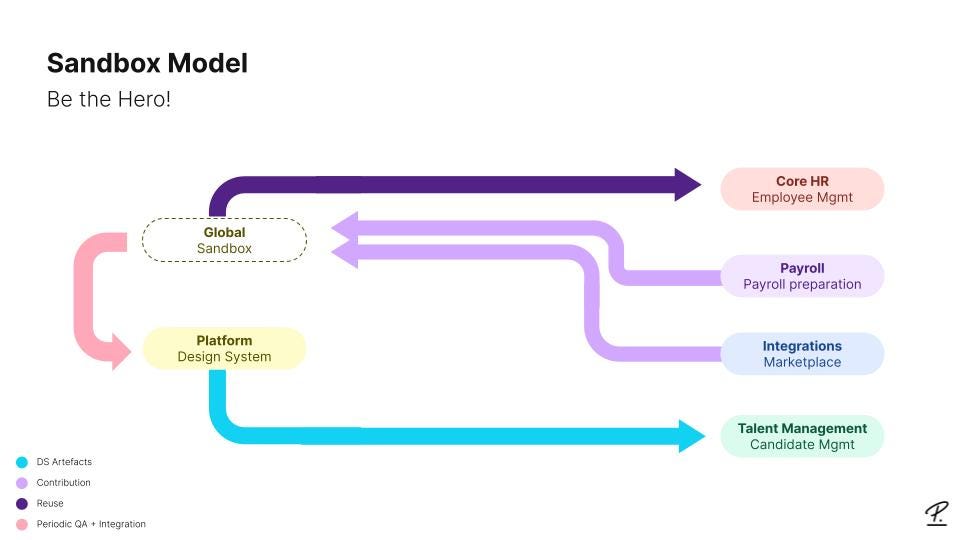In the world of design systems, creating a harmonious and consistent user experience is paramount. However, maintaining that consistency over time can be a challenge. This is where Design System Governance comes into play.
What is Design System Governance?
Design System Governance is the set of practices, policies, and procedures that guide the creation, maintenance, and evolution of a design system. It's the compass that ensures your design system stays on course, no matter how big or complex your organization becomes.
The Importance of Governance
Why is governance so crucial in the world of design systems? Here are some key reasons:
-
Consistency: Governance ensures that design elements stay consistent across all projects and platforms. It prevents design drift and maintains a unified brand identity.
-
Scalability: As your organization grows, so does the complexity of your design system. Governance helps you scale your design system efficiently, adapting it to evolving needs.
-
Collaboration: Design systems involve multiple stakeholders, from designers to developers and product managers. Governance fosters collaboration and ensures everyone follows the same rules.
-
Efficiency: With clear governance in place, teams can work more efficiently. They know where to find the latest design assets and guidelines, reducing duplication of effort.
-
Quality Assurance: Governance includes processes for reviewing and approving changes. This quality control ensures that only well-vetted updates make it into the design system.
Key Components of Design System Governance
To establish effective governance, consider these key components:
-
Governance Team: Create a dedicated team responsible for overseeing the design system. This team may include designers, developers, and product managers.
-
Documentation: Comprehensive documentation is essential. It should cover everything from design principles and coding standards to component usage guidelines.
-
Version Control: Implement version control to track changes to the design system. This allows for easy rollback in case of issues.
-
Change Request Process: Define a process for submitting and reviewing change requests. This ensures that updates align with the design system's goals.
-
Accessibility Guidelines: Incorporate accessibility standards into your governance to ensure your design system is inclusive and complies with accessibility regulations.
-
Communication Plan: Develop a clear communication plan to keep all stakeholders informed about updates, changes, and best practices.

Maintaining Governance Over Time
Design System Governance is not a one-time task; it requires ongoing attention. Here's how to keep it effective:
-
Regular Audits: Conduct regular audits to identify inconsistencies or areas that need improvement within your design system.
-
Feedback Loop: Encourage feedback from teams using the design system. This input can lead to valuable improvements.
-
Evolution: As your organization evolves, your design system may need to adapt. Be open to refining governance practices to meet changing needs.
Conclusion
In the dynamic world of design systems, governance is the lighthouse that keeps your ship on course. It ensures that your design system continues to deliver consistency, scalability, and collaboration across your organization.
By investing in design system governance, you're not just building a beautiful interface; you're establishing a framework for long-term success and design excellence.



